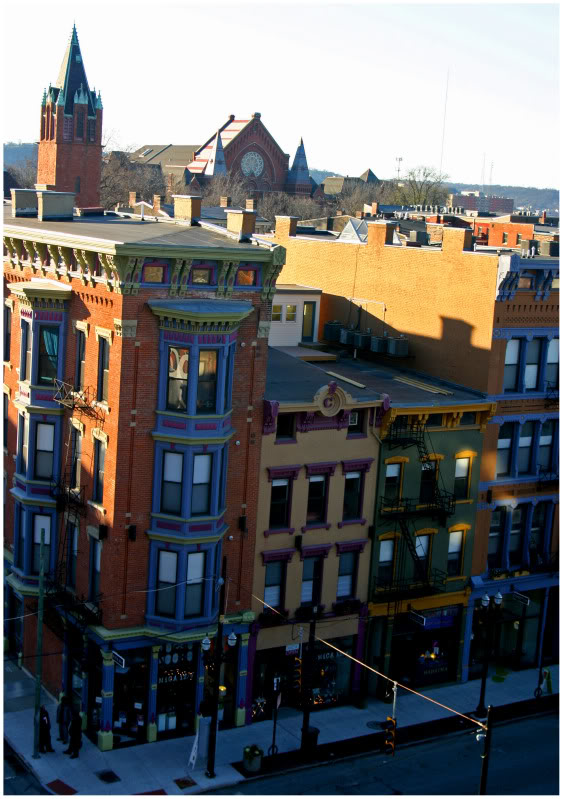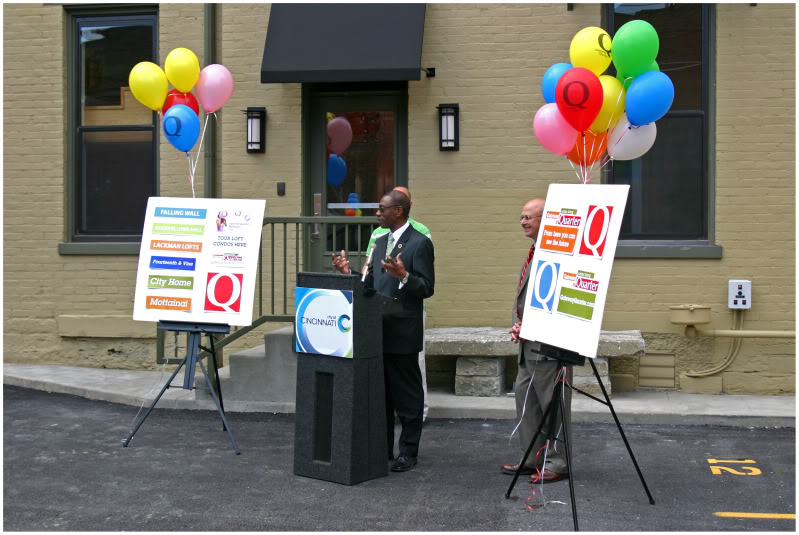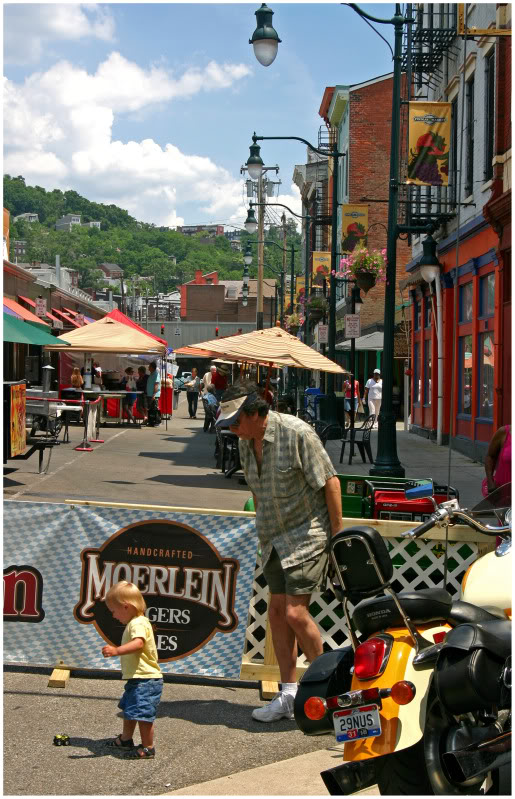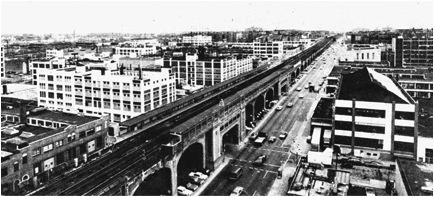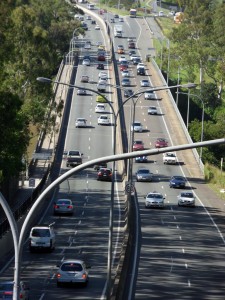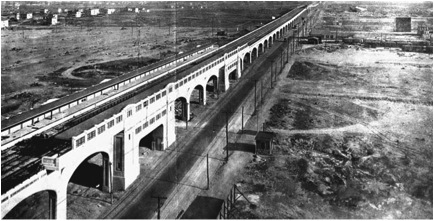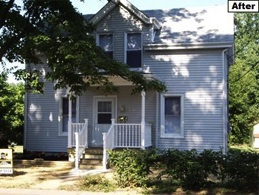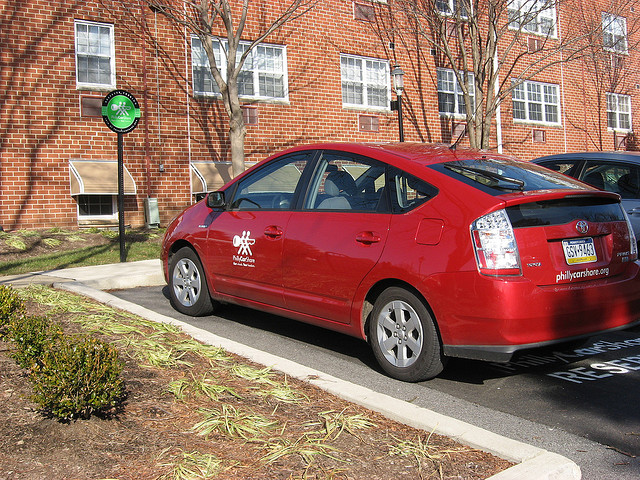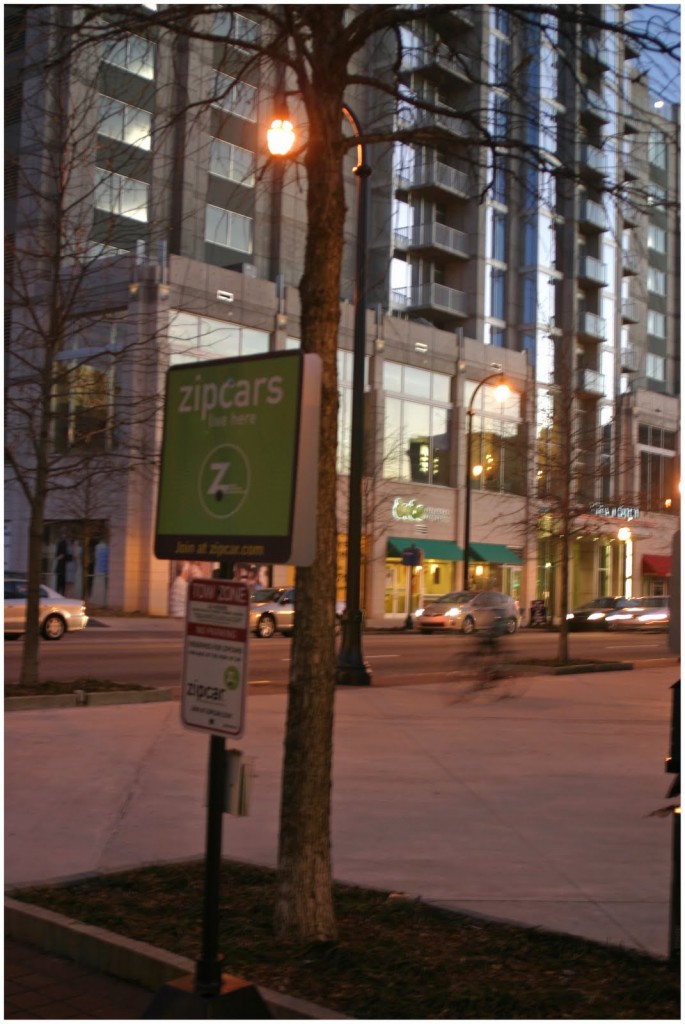Many have noticed the dramatic changes taking place throughout Cincinnati’s historic Over-the-Rhine neighborhood. Hundreds of new residents, scores of new businesses, and a new sense of neighborhood pride has come over what used to be one of the city’s most crime-ridden areas that also happened to have some of the greatest potential.
For decades the neighborhood’s unique architectural collection and historical importance to not only Cincinnati, but the United States in general, has intrigued those interested in urban revitalization. And the fact that the neighborhood was able to largely survive an era of demolition and “urban renewal” is especially significant to those now looking at the neighborhood in a new light.
Some of those individuals include a group of filmmakers who are in the process of documenting the changes taking place in Over-the-Rhine for a new documentary they hope to release in late 2011.
“When I started talking about this incredible neighborhood I had known since I was a child we realized that there might be a story to tell,” explained Joe Brinker, co-producer of Rebirth of Over-the-Rhine. “We started looking around and we found we were right at the beginning of this push. The history of the neighborhood, combined with its present-day components, really helped to make the story.”
Brinker says that the documentary group began tossing around the idea of an Over-the-Rhine documentary back in 2007 after he had initially suggested a few film ideas from conflict zones like Afghanistan, Macedonia, Kosovo, and Pakistan where he had been working.
He says that within two weeks of settling on the Over-the-Rhine documentary idea that they had begun filming and talking to developers, shop owners, residents, the homeless, and neighborhood leaders like Jim Tarbell. The team then tapped Cincinnati-based film director Melissa Godoy to oversee the production of the documentary.
“We hope to show both the actual attempt to bring the neighborhood back against the context of different personalities that exist in the neighborhood in the form of developers that may be realizing a life-long dream or poor residents that may also be experiencing change,” Brinker told UrbanCincy. “And I don’t think we could have found a better director within 500 miles of Cincinnati to help achieve this.”
Godoy is not new to Cincinnati or the historic neighborhood. The award-winning director has produced programs for the National Underground Railroad Freedom Center, Cincinnati Art Museum, and Cincinnati Ballet. Godoy also recently completed a documentary on the late Erich Kunzel, and has won two regional Emmy awards.
Brinker says that filming is planned to continue over the next six to twelve months as several other significant events are scheduled to take place that help to further illustrate the rebirth taking place in Over-the-Rhine. But he emphasizes that what makes the film special is the attention paid to the human element.
“The documentary is all about people working towards something positive within a larger attempt to bring back the neighborhood,” Brinker explained. “Everyone in the neighborhood really seems to care and have the interest of the neighborhood at heart, and this is the story we are trying to tell.”
The high-definition production thus far has tallied up more than 150 hours of footage, and has been completely funded through private donations. The group says that contributions made to the film will help determine its final production quality, and they are encouraging Cincinnatians who are interested to attend an upcoming fundraiser that will be held at Rookwood Pottery on November 12.
